70以上 tamarind tree florida 143752-Can tamarind grow in florida
· Tamarind Tree Tamarind is a hardwood tree which produces beanlike pods filled with seeds surrounded by a fibrous pulp Tamarind pulp is green and sour The polyphenols in tamarind have antioxidant and antiinflammatory properties Contact Warner Tree Service to consult with Rick Warner who is an ISA Certified Arborist since 08 ContactThe Tamarind Tree prides itself on using only the finest ingredients and the freshest of produce 0118 9 0600 54 Peach St, Wokingham RG40 1XQ Scroll To TopNot being familiar with the cultivation of the tamarind tree, I had to look it up Entering "tamarind tree" on my browser produced all kinds of useful information For instance, this site How to plant, grow & harvest Tamarind suggested that they a

Tamarind Trees Archives Florida Permaculture
Can tamarind grow in florida
Can tamarind grow in florida-However, its many attractive qualities make it a splendid addition to the large permaculture garden It is one of the most useful of tropical trees – for shelter, shade, foodThe tamarind becomes a fairly large tree, so keep this in mind when planting the tree It should be planted in full sun It is highly windresistant with strong, supple branches Tamarind may be propagated from seeds, and vegetatively by marcotting (air layering), grafting and budding Rootsstocks are propagated from seed, which germinate within a week Seeds retain their
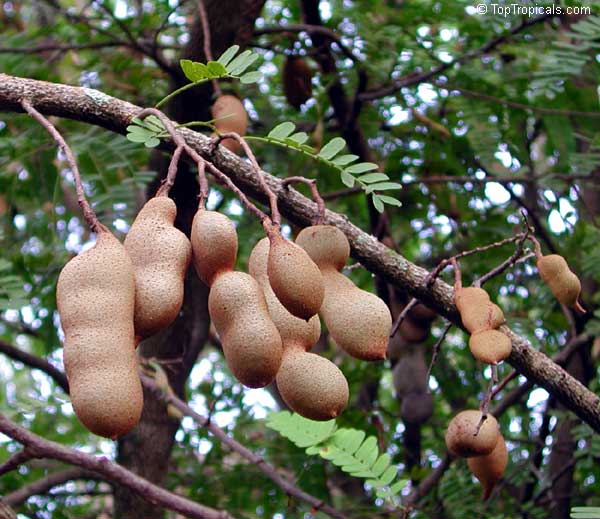



Tamarindus Indica Tamarind Toptropicals Com
TAMARIND SPICE Trees for Sale FLORIDA FOR SALE CLICK HERE TO SEE GROWING INSTRUCTIONS Fruit Scapes LLC Jesus & Steve Tamarind fruit contains certain health benefiting essential volatile chemical compounds, minerals, vitamins and dietary fiber This prized spice is a good source of minerals like copper, potassium, calcium, iron,A frosttender, tropical, evergreen tree, Tamarind is densely foliated with pale green, compound, feathery leaflets which give the broad, spreading crown a light, airy effect (Fig 1) Tamarind may reach heights of 65 feet and a spread of 50 feet but is more often seen smaller The delicate leaflets cast a diffuse, dappled shade which will allow enough sunlight to penetrate for a lawn toA graceful tree with racemes of pealike flowers Large spreading habit Easy to grow, wind resistant Tart fruit is preferred by Islanders and sweet fruit is preferred by Asians Tamarinds are grown as ornamental shade and street trees, and for the edible pods The pods are fed to livestock, and the pulp within the pods is used to make beverages, curries, chutneys and sauces Also
Tamarind trees are a highly adaptable medium to large tree, and are able to grow anywhere in the world that doesn't freeze It can be found throughout the tropical belt of the globe The ripe, sticky pulp that surrounds the seeds is extremely tart to sour– though some cultivars are sweeter than others—and is used in seasonings, sauces, flavorings, candies and drinks It is even found in · Wild tamarind trees are home to lichens and the tree snails that eat them Timothy Taylor, NPS volunteer Wild Tamarind Tree snails of the genus Liguus generally prefer trees with smooth bark and frequently take up residence in wild tamarinds (Lysiloma latisliquum), which host lichens that the snails eat These large snails are notable for the complex color patterns in theirSweet Tamarind Tree (tamarindus indica) – Delicious tamarind is a slowgrowing, longlived, tropical tree reaching, under favorable conditions, a height of 40 or even 70 feet with a spread of 30 feet and a trunk that can reach a circumference of 15 feet Highly wind resistant, the strong supple branches droop gracefully at the ends are blanketed in a mass of bright green fine,
· The Tamarind Tree is a landscaping favorite because this tree has a unique vase shape and a thick canopy filled with pairs of leaves that give it an exotic look In the winter, pale green flowers emerge, adding bursts of color to the landscape before turning into tan seedpodsTamarind is a very large tree with long, heavy drooping branches, and dense foliage Completely grownup tree might reach up to 80 feet in height During each season, the tree bears curved fruit pods in abundance covering all over its branches Each pod has hard outer shell encasing deep brown soft pulp enveloping around 210 hard darkbrown seeds Its pulp and seeds heldLate summer to fall Fruits A green pod that turns brown, to 10 cm long, the pulp that surrounds the seeds is edible;
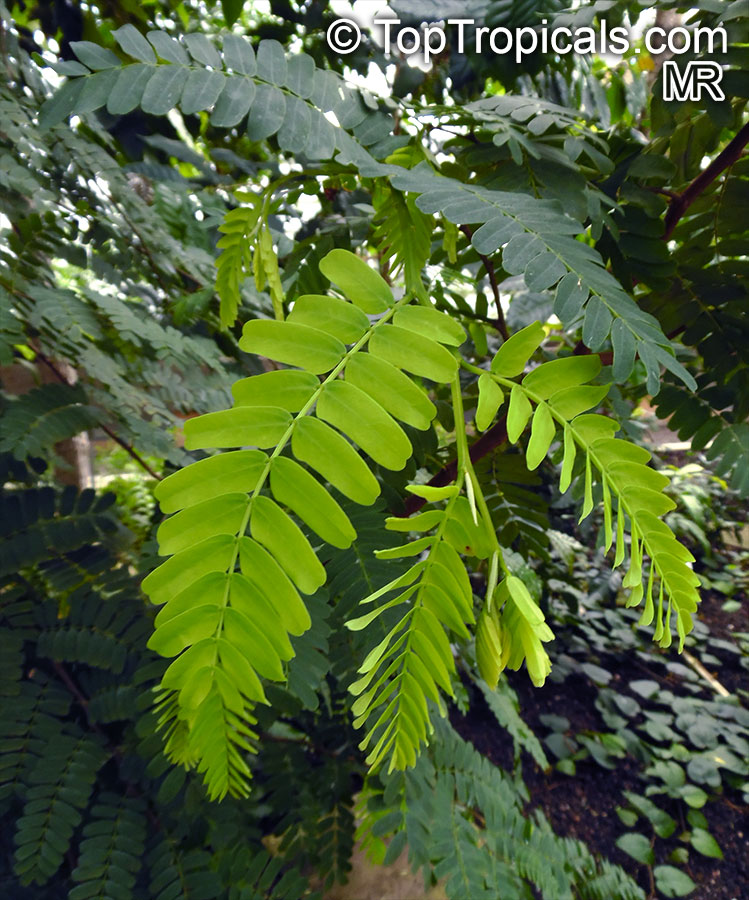



Tamarindus Indica Tamarind Sampalok Toptropicals Com




The Tamarind Tree Gardening With Wilson
The Tamarind Tree Hotel Yatiyana This was not a nice place to stay Filthy and unfriendly!Ecological Restoration Notes A common canopy tree in rockland hammocks in Monroe and MiamiDade counties, but with some range restrictions in northern MiamiDade where soils become more sandy;Here is a link that might be useful Tamarind in Florida Like;




Tamarind Tree Seeds Tamarindus Indica



The Remarkable Tamarind Tree Richard Lyons Nursery Inc
· Tamarindus indica, Tamarind Tamarind is a tropical tree planted in south Florida and in other warm climates for its delightful shade and soft texture Although the tree has a tendency to produce multiple trunks with included bark wedged between them, this problem can be overcome with regular pruning when the tree is youngLysiloma latisiliquum Wild Tamarind is native to hammocks within Everglades National Park and portions of the Upper Keys This large, fast growing tree will reach 50 feet or more in height It will do well through Palm Beach County and survive freezing temperatures for short periodsAbout sweet tamarind trees The tamarind, a longlived, massive tree reaches, under favorable conditions, a height of 80 or even 100 feet with a spread of 40 feet and a trunk that can reach a circumference of 25 feet Highly wind resistant, the strong supple branches droop gracefully at the ends are blanketed in a mass of bright green fine, feathery foliage composed of narrow 3 to 6
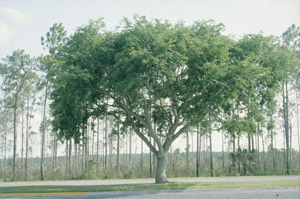



Irc Natives For Your Neighborhood




Plantfiles Pictures Wild Tamarind False Tamarind Lysiloma Latisiliqua By Olddude Front Yard Tree Butterfly Garden
Wildtamarind, False Tamarind Fabaceae (Leguminosae) Plant Specifics Form Tree Size 4060 (80) ft tall by 3050 ft wide Life Span Longlived perennial Flower Color White Fruit Color Black Phenology Deciduous Noted for Interesting foliage Landscaping Recommended Uses Shade tree Attractive for its lacy foliage Does well as a street tree Considerations Fallen seed podsEverglades Farm Tamarind Tree, Sweet, 2 Feet Tall, 3Gal Container from Florida $5795 Shipping calculated at checkoutTamarind is located on the beautiful Gulf of Mexico southwest Florida barrier island of Manasota Key MANASOTA KEY Manasota Key is a quiet island south of Venice, Florida adjacent to the small seaside community of Englewood The northern and central part of the island, located in Sarasota County, is completely residential A narrow road snakes its way along the Key past island homes,



Tamarind Tamarindus Indica American Forests



Sweet And Sour Tamarind
· Tamarind is a slowgrowing tree It's able to reach a height of 25 m and a circumference of 7 m, very longlived, in fact, it can survive for more than 300 years Tamarind leaves are evergreen, like pinnate up to 15 cm long consisting of 10 – 12 pairs of leaflets Its leaves somewhat looks like acacia leavesWhen we arrived at the hotel we had high expectations The hotel looked very nice Then they showed us the room It was a kind of bungalow with sitting room, bathroom and bedroom But it all looked very outdated and expired The bathroom was filthy hear from previous visitors,Tamarind Tree Tamarind Tamarindus indica Origin Tamarind originated in Central East Africa but has been grown in India for so long that many believed it came from there It is now found throughout much of the tropics The name 'tamarind' is derived from Arabic 'tamar' = 'date' and 'hind' is the name for 'India' Climate It is a versatile tree, growing in many subtropical and semi




Tamarind Tree




Tall Tamarind Tree In San Diego Ca Tropical Looking Plants Other Than Palms Palmtalk
· Put you tamarind in a warm and sunny window Water when the soil gets dry Step 10 In just a week or two you should have a tamarind tree with a few leavesEnjoy our collection of Tamarind Trees More than 3,000 trees and plants ready for fast delivery · Its namesake tree, the wild tamarind, is one of dozens of native trees to this tropical hammock, a collection of Caribbean trees and shrubs that naturalized in the Florida Keys well before modern settlement This interpretive trail walks you through the forest, pointing out specific trees like gumbolimbo with its peeling red bark, Jamaica caper, mastic, crabwood, and many
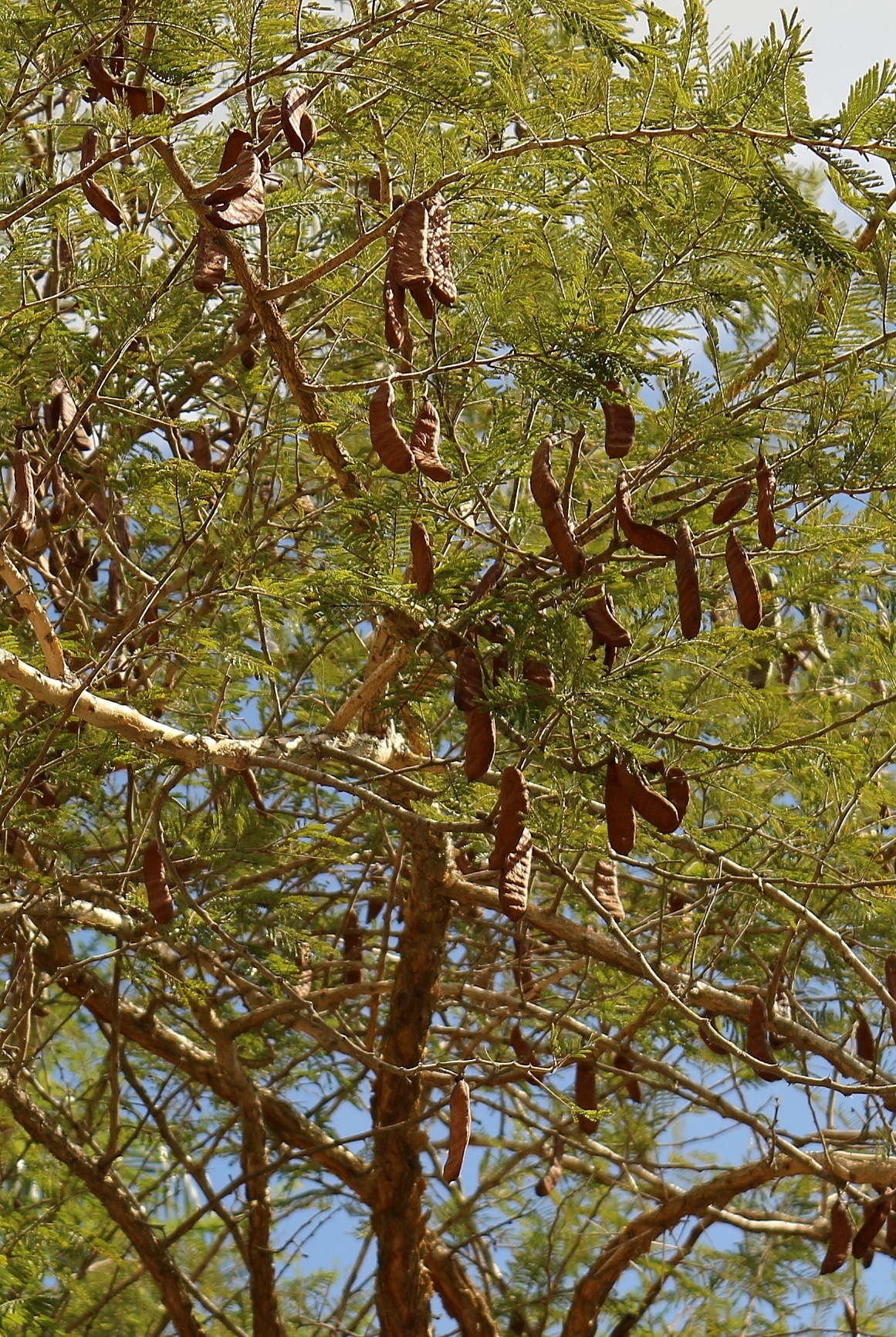



Tamarind Margaritas Mission Food Adventure
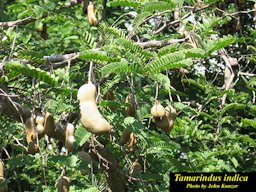



Tamarind Tamarindus Indica
Imagardener2 10 years ago I've got a baby tamarind in a pot 3' tall south of Sarasota I doubt it would survive central FL winter year after year Lots of trees look like tamarind leaves, flamboyant or flame tree (delonix regia) comes to mind as well as desert cassia I brought mine inside for the big chill Like;/07/ · The tamarind tree (Tamarindus indica) is grown as a commercial crop in warm climates, and it's also grown for its value as a large shade tree Although its native habitat is across tropical regionsTamarind Indian Cuisine TAMPA 316 likes · 1,935 were here Tamarind Indian Cuisine is the latest and most enthralling new Indian culinary venture added to the Tampa Bay community




The Start Of Marco S Food Forest At Calusa Park Coastal Breeze News




Tamarind Tree Sweet 7 Gal Container From Florida Everglades Farm
Positive On May 23, 06, CarolesJungle from Naples, FL (Zone 10a) wrote My tree was around 5 foot when planted in 1998 Wonderful shade tree with lacy looking foliage Interesting look when the pods are hanging from the treeThe tamarind, a slowgrowing, longlived, massive tree reaches, under favorable conditions, a height of 80 or even 100 ft (2430 m), and may attain a spread of 40 ft (12 m) and a trunk circumference of 25 ft (75 m) It is highly windresistant, with strong, supple branches, gracefully drooping at the ends, and has darkgray, rough, fissured barkCanh chua Cây Me ~ Tamarind Tree soup 10 / $90 Fresh pineapple, bean sprouts, fresh tomato, and bac ha in seafoodtamarind broth topped with ngoom, and Vietnamese basil Choice of catfish filet, shelled prawns, scallops, or combination Specialty Noodle Soups Hủ tiếu chay ~ Vegetarian noodles 1050 / $1150 (lunch / dinner) Rice noodle or egg noodle and fried tofu in




Sweet Tamarind Tree Tamarindus Indica Xd Landscapers Pot Patioplants Com




Tamarind Tree
Also scattered to the north and westThe tamarind tree produces podlike fruit that contains a brown, edible pulp used in cuisines around the world The tamarind tree produces podlike fruit that contains a brown, edible pulp used in cuisines around the world The pulp is also used in traditional medicine and as a metal polish Sweert Tamarind Seeds can be scarified or briefly boiled to enhance germination TheyThe tamarind is a graceful stately tree commonly found in the south Florida landscape and growing wild along Central American roadsides The fruit hang in clusters peapod like legumes typically six to eight inches long The fruit is eaten fresh, in candies, and in sauces




The Tamarind Tree Picture Of Hacienda Tamarindo Puerto Rico Tripadvisor




Wild Tamarind West Avenue Neighborhood Association Wavna
9 TAMARIND Tamarind (Tamarindus indica) is one of the great trees of the tropics Its feathery foliage is common from Senegal to Singapore, Suriname to Samoa Everywhere it grows, people enjoy the curiously sweetsour pulp found inside its brittle, gray or cinnamonbrown pods/02/09 · The graceful tamarind tree (Tamarindus indica) is believed to have originated in Africa and is now cultivated in many parts of the tropical world Although in the legume family, it does not fix nitrogen;Tamarind Tree Cafe 47 likes · 3 were here Tamarind Tree Cafe




Tropical Fruit Trees Tamarind




Tamarind Indian Cuisine Tampa Home Tampa Florida Menu Prices Restaurant Reviews Facebook
A tamarind tree is very large (up to 100 feet tall) and grows very slowly It is native to Africa but grows well in any tropical climate It bears fruits that are around 6 inches in length and look like a large, curved bean pod Young tamarind fruit has a pliable brown skin and the inside greenish with whitish seeds As the fruit matures the greenish insides turn brown and the pod becomes moreThe leaves are held on zigzag branches Bark Medium to dark gray, lightly fissured Flowers Yellow, pealike, the petals show red streaks;Tamarind trees fruit well with or without the application of fertilizer due to their deep and extensive root system Urea at 1000 g/tree is applied to commercially grown tamarind to support high yields The amount of fertilizer can be gradually increased as the trees grow Additional nutrition can be applied when the trees begin to bear fruit 19 Irrigation Young trees require adequate soil




Tamarind Tree Florida




Tamarind Tree The Permaculture Research Institute
Tamarind Tamarindus indica Plant Family Leguminosae Leaves Alternate, oncecompound, with 10 – 16 pairs of oblong leaflets;




2722 Tamarind Drive Edgewater Fl Weichert Com Sold Or Expired
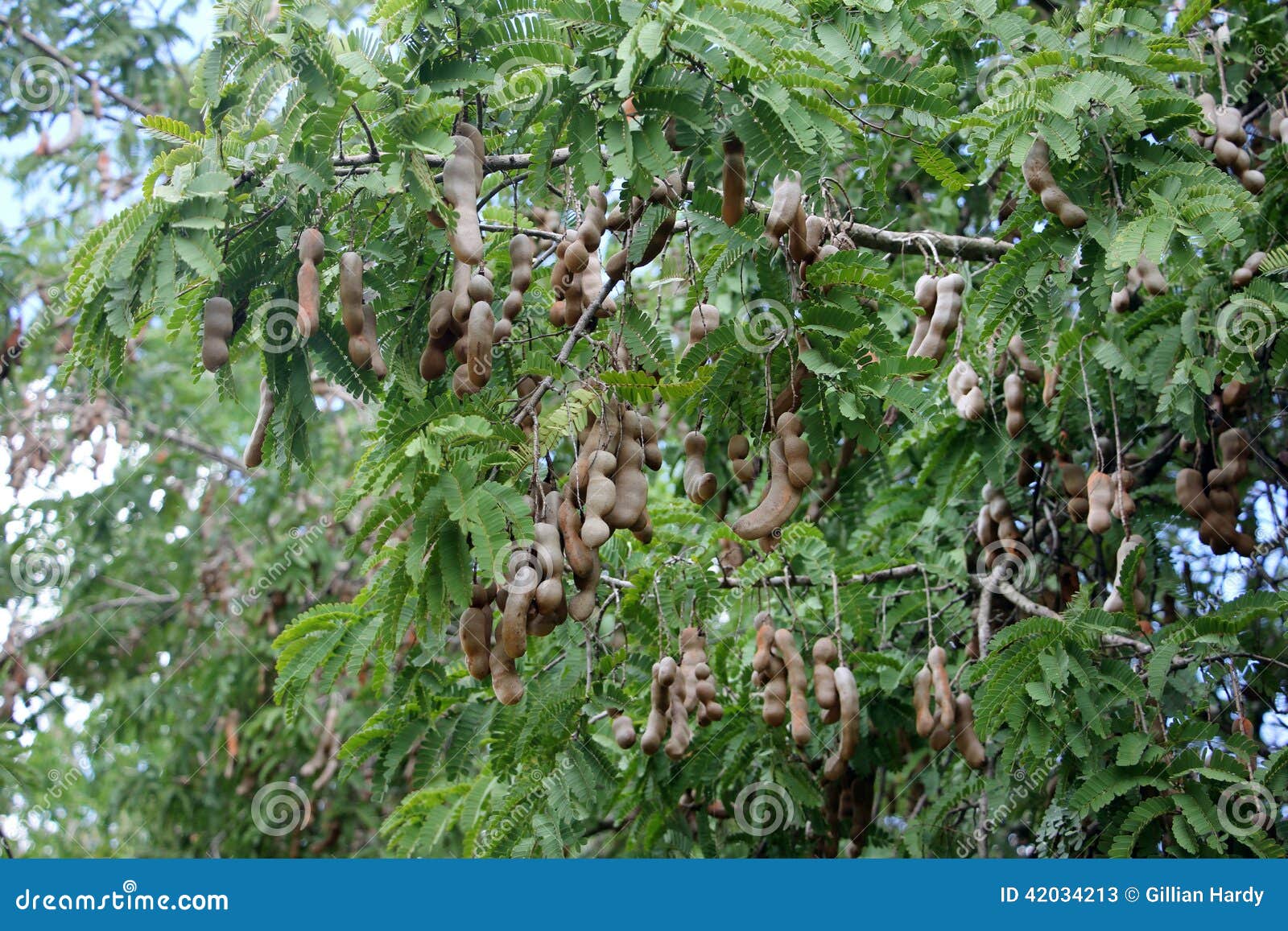



Tamarind Tree Fruits Stock Photo Megapixl
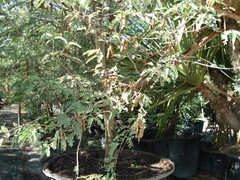



Tamarind Tree Has Anyone Heard Of It And Does It Grow In Florida




Tamarind Tree Photo




Tamarind Trees Archives Florida Permaculture
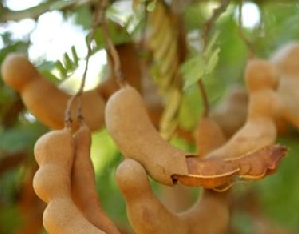



Tamarind Florida Nursery Mart




Happy Tamarind Bonsai




Xtremehorticulture Of The Desert Tamarind In Las Vegas



The Great South Florida Food Forest Project Update May 15 Successes The Survival Gardener




How To Grow Tamarind Tree Growing Tamarind



Tamarind Tree Sweet 7 Gal Container From Florida Everglades Farm




Tamarind Fruit Tree Sow Exotic
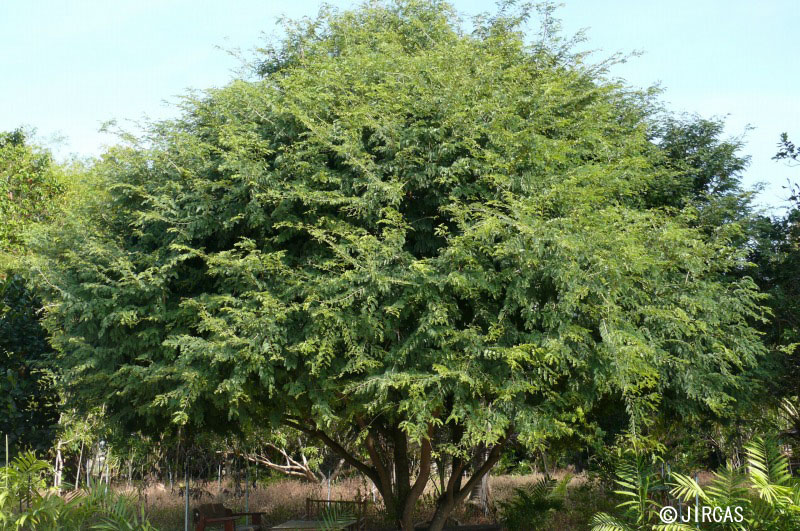



Tamarind Herb Of The Month The Herb Society Of America Blog




Leucaena Species Cowbush Jumbay Lead Tree Wild River Tamarind White Popinac Leucaena Leucocephala




Tamarindus Indica Tamarind Toptropicals Com




Tamarind Seeds Tamarindus Indica Sampalok Indian Date Tropical Fruit Caribbeangardenseed




Xtremehorticulture Of The Desert Tamarind In Las Vegas




Tamarind Tree South Florida Page 2 Line 17qq Com




Tropical Fruit Trees Tamarind




Tamarind Wikipedia




Irc Natives For Your Neighborhood




Tamarindus Indica Tamarind Tree Trunk In The Indian Countryside Stock Photo Alamy



The Remarkable Tamarind Tree Richard Lyons Nursery Inc




Tamarind Tree Fruit Page 1 Line 17qq Com




3149 Tamarind St Port Charlotte Fl Mls C Zillow
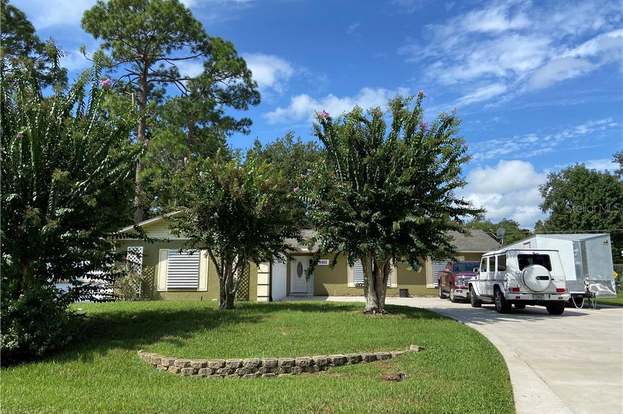



3422 Tamarind Dr Edgewater Fl Mls O Redfin




Tamarindus Species Indian Date Tamarind Tree Tamarindus Indica




Lysiloma Latisiliquum Tamarind Tree Wild Tamarind Flickr




Tamarind Tree South Florida




How To Grow Tamarind Tree Growing Tamarind




Do Tamarind Tree Grow In South Florida
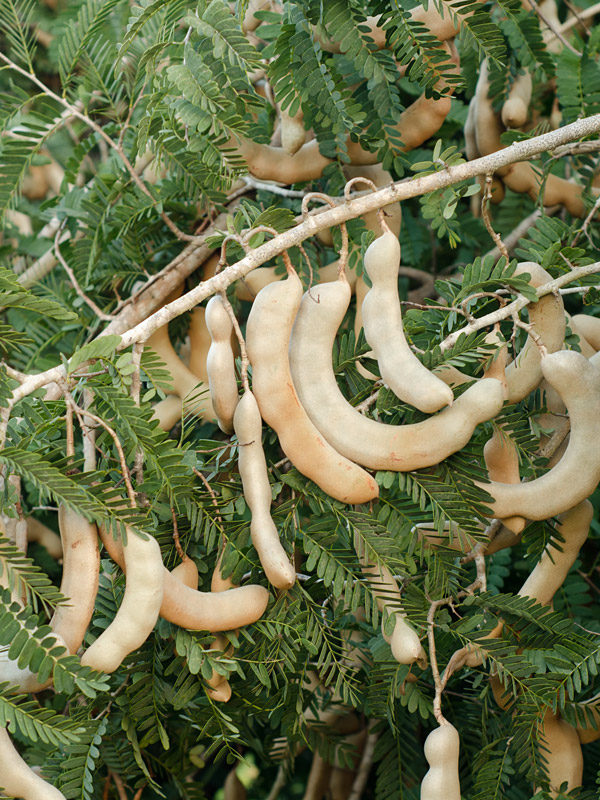



Sweet Tamarind Tree Tamarindus Indica Real Tropicals




Tamarind Gardening Solutions University Of Florida Institute Of Food And Agricultural Sciences




Tropical Fruit Trees Tamarind



Key West Fl




A Tamarind Tropical Fruits Tree In Central Florida Youtube
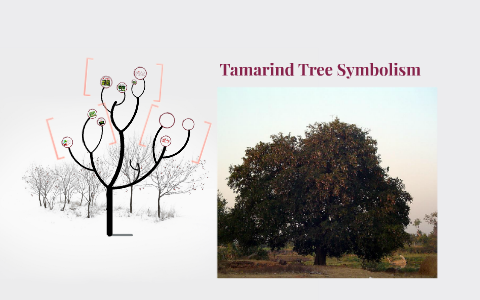



Tamarind Tree Symbolism By Cooper Nickels



Collection Florida Native Trees In Trees And Shrubs By Garden Club Of The Upper Keys Plants Map




Orchid Tree Jacaranda Royal Poinciana And Tamarind Purple Flowering Tree Orchid Tree Jacaranda Tree




Tamarind Florida Nursery Mart



Eat The Weeds And Other Things Too Page 4 Of 108 Foraging Permaculture And Other Things Too




Tamarind Fruit Spice Park




Tamarind Wikipedia




Bonsai Tamarindus Indica Tamarind Tree Tropical Edible Fruit Wood Seed 15 Seeds Ebay




Sweet Tamarind Tree Tamarindus Indica Urban Tropicals




Meet A Tree Tamarind Tamarindus Indica




Wild Tamarind Kwest Florida Native Plants Tropical Landscaping Tropical Backyard




Historical Vignettes Part 1 Memorable Notable Trees Of Stuart




Tamarind Tree And Tabebouia Avenue Izi Travel




Amazon Com 50 Manila Tamarind Tree Seeds Pithecellobium Dulce Garden Outdoor




3125 Tamarind Street Port Charlotte Fl Grande Realty Of Swfl Inc




Tamarind Benefits And How To Grow Tamarind Tree Farmfoodfamily



Tamarind Spice Trees For Sale Florida
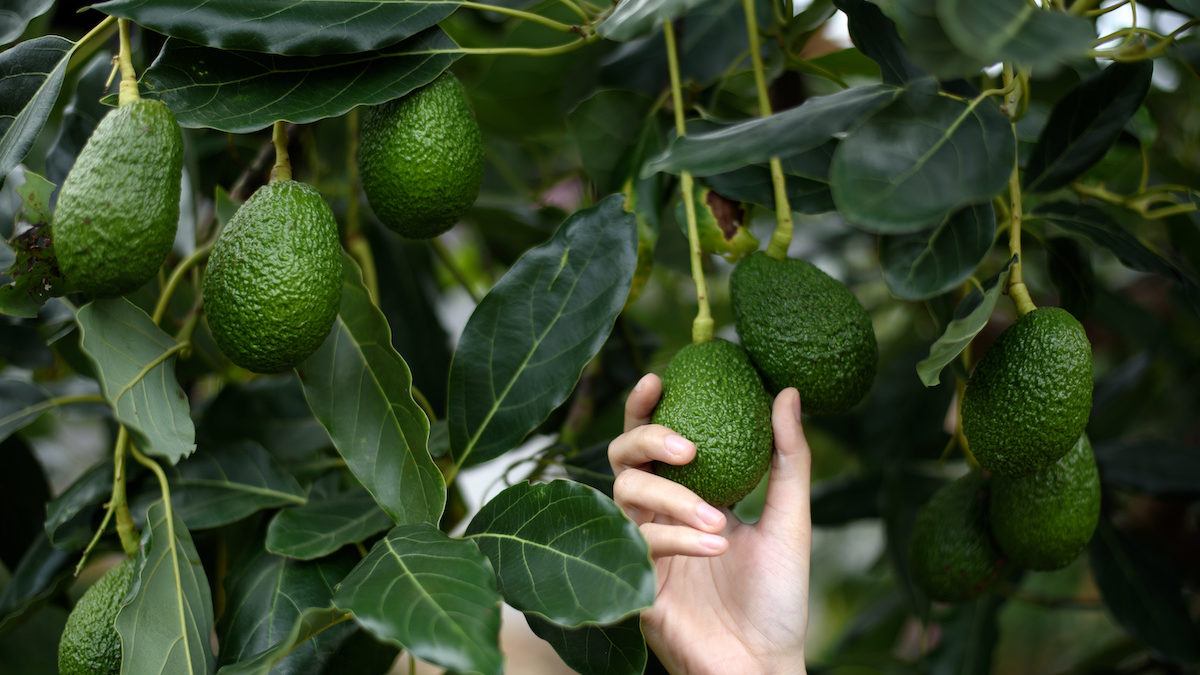



15 Best Fruit Trees To Grow In Tampa Bay Florida Warner Tree Service




Tamarind Tree South Florida Page 7 Line 17qq Com




Manilla Pink Tamarind Tree Pithecellobium Dulce Urban Tropicals




Tamarind Fruit Tree Sow Exotic
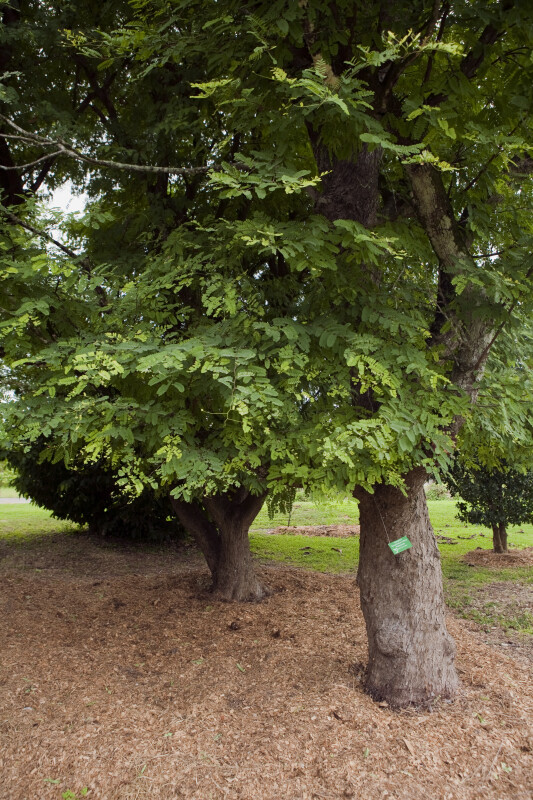



Tamarind Tree Clippix Etc Educational Photos For Students And Teachers
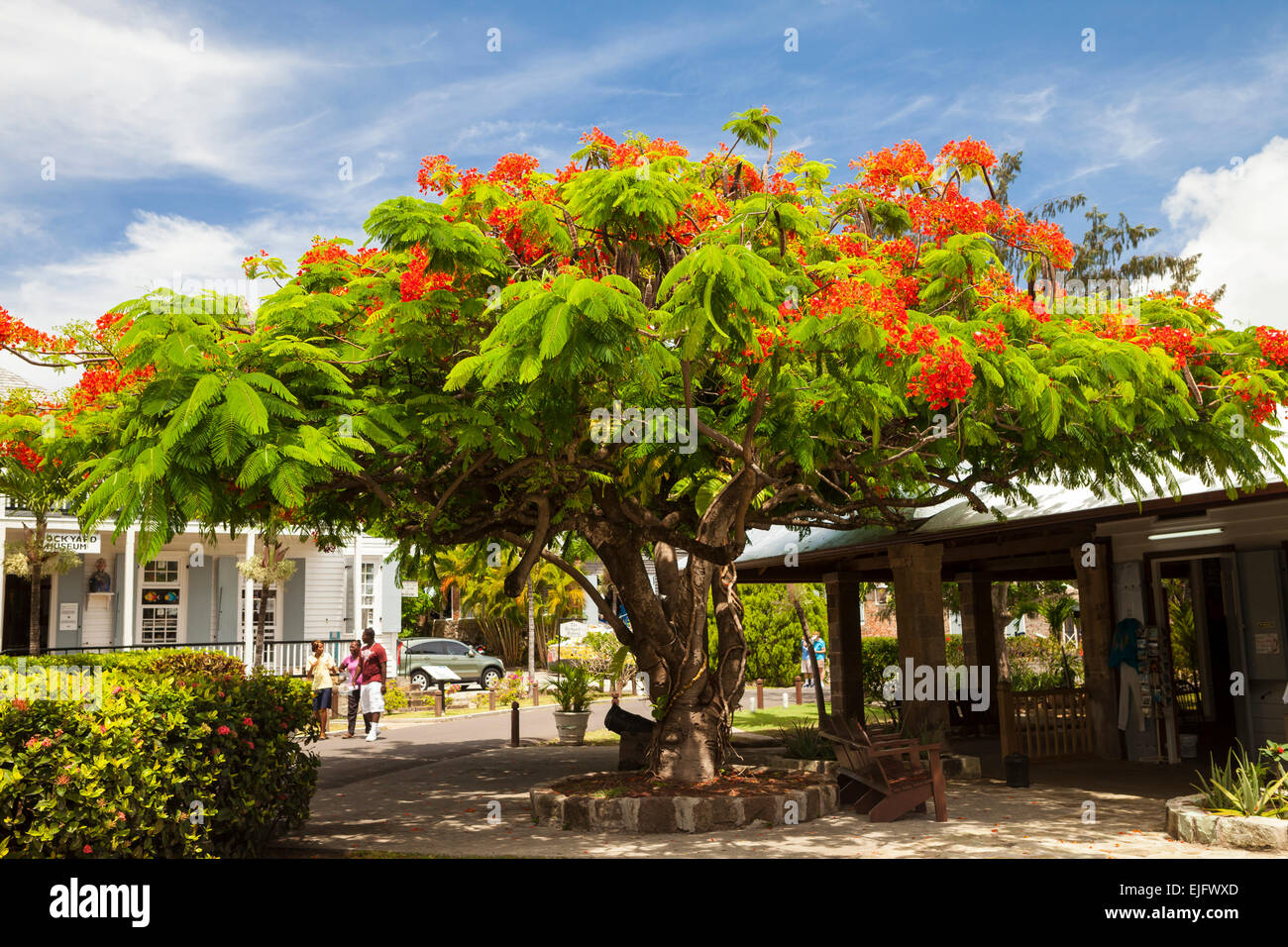



Tamarind Tree High Resolution Stock Photography And Images Alamy




Tamarind Tree South Florida Page 5 Line 17qq Com




Wild Tamarind Florida Springtime




Elena Paley Nonprofit Stop Alzheimers Corp With New Theory For Clinical Trial Alzheimer S And Concomitant Medical Conditions Based On Our Electron Microscopy Studies Cell And Animal Models Tamarind Tree
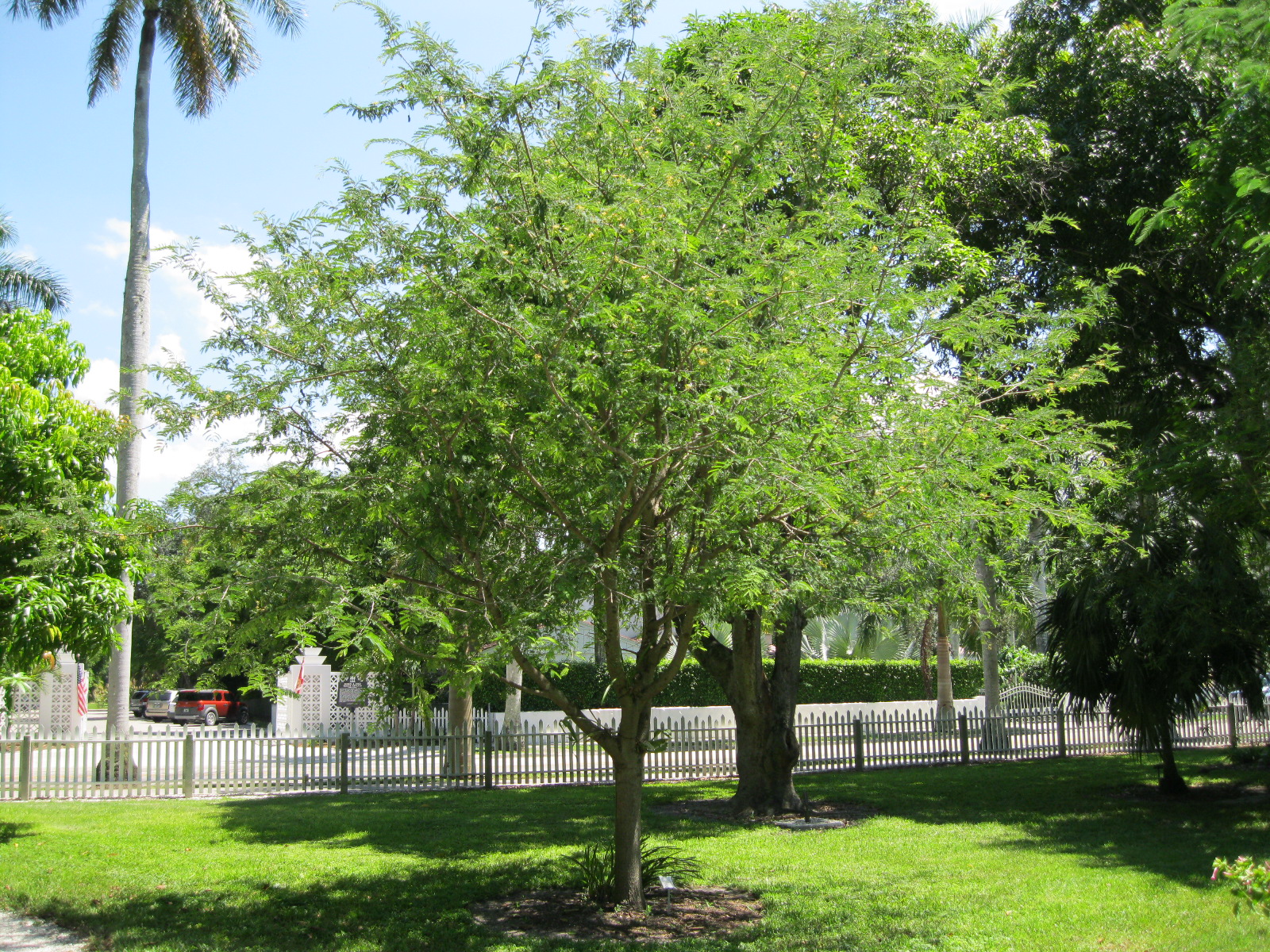



Name That Plant Win That Plant Xii Answer Tamarind Edison And Ford Winter Estates
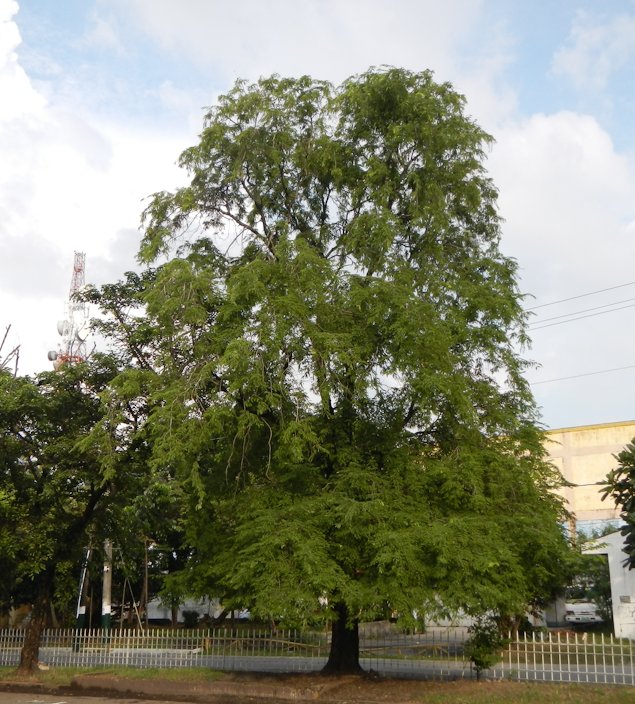



Tamarind Tamarindus Indica




Irc Natives For Your Neighborhood
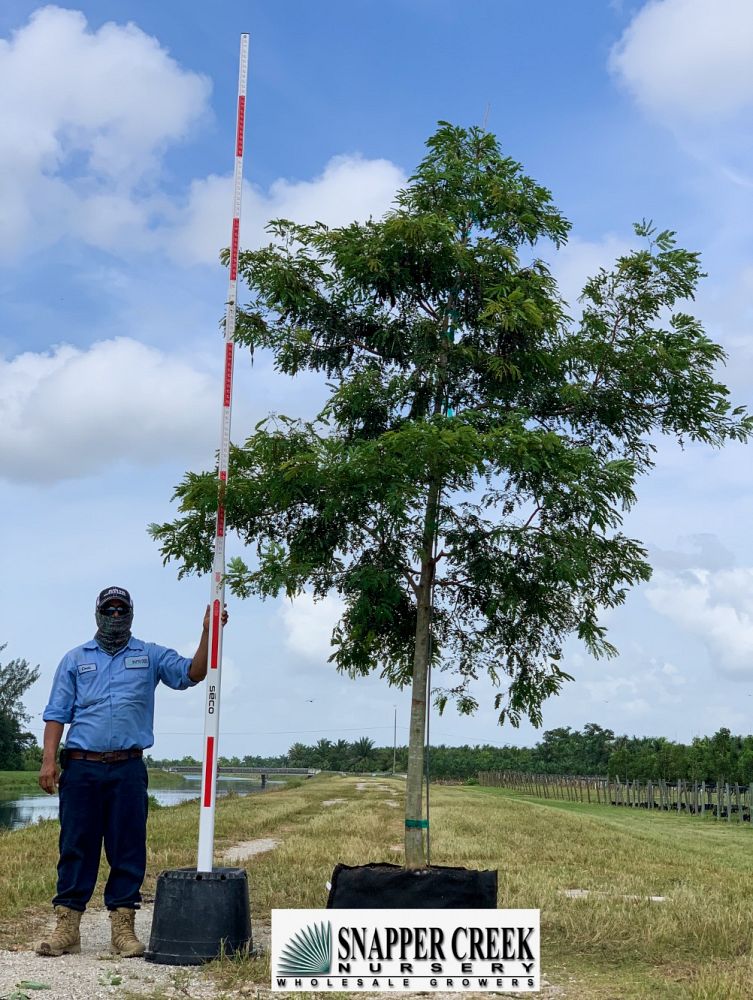



Snapper Creek Nursery Homestead Plantant Com




Tamarind Seed Subtropical Botanicals



Tamarind Tree How To Plant Grow Harvest Tamarind




Tamarind Tamarindus Indica Feedipedia
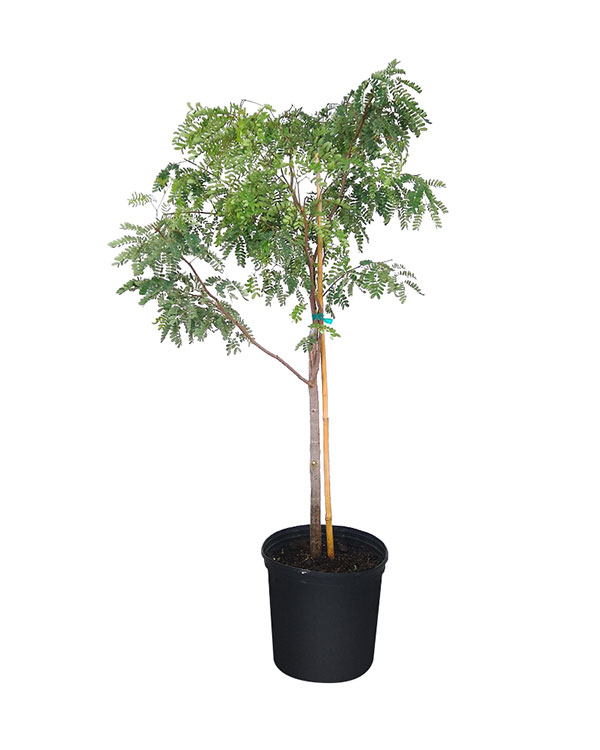



Buy Lysiloma Latisiliquum Wild Tamarind Florida Native Tamarind Free Shipping Over 100



Tamarind South Florida Trees




What Trees Should You Replant With Trees To Plant Replant Tree
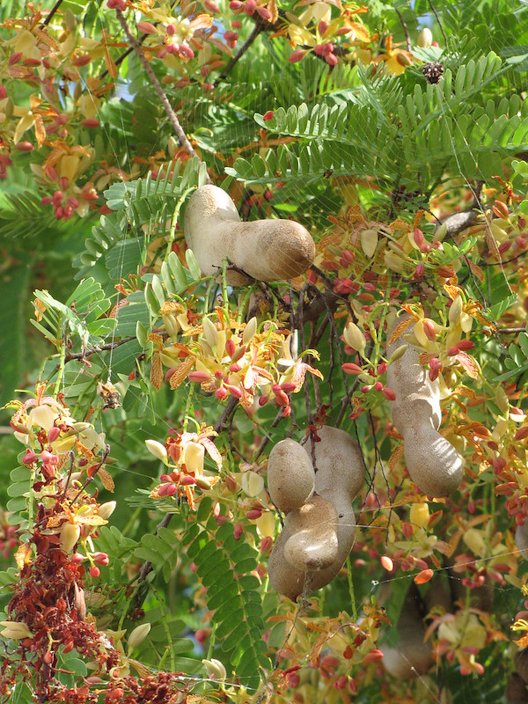



Tamarind Tamarindus Indica
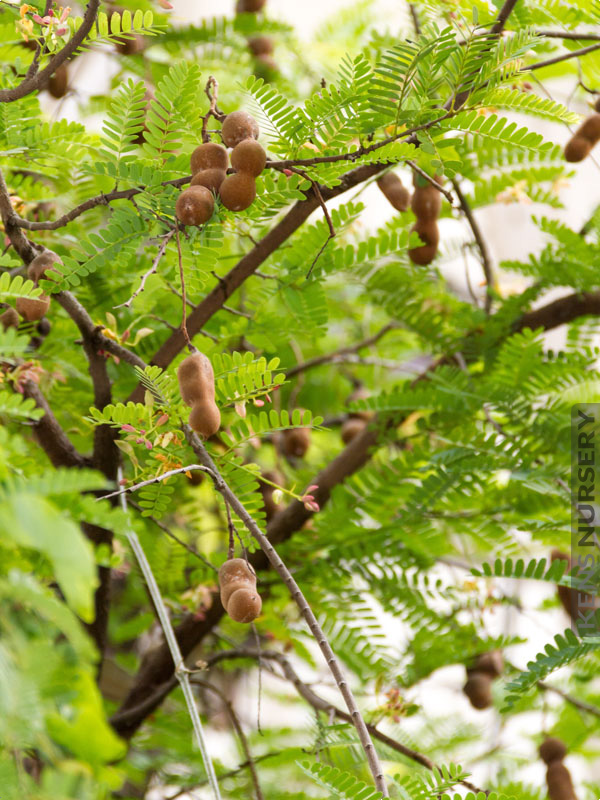



4 Sweet Tamarind Trees Tamarindus Indica Kens Nursery




Tamarind Wikipedia



Wild Tamarind




Tamarind Trees For Sale Fastgrowingtrees Com




5567 Tamarind Ridge Dr Naples Fl Recently Sold Land Sold Properties Realtor Com


コメント
コメントを投稿